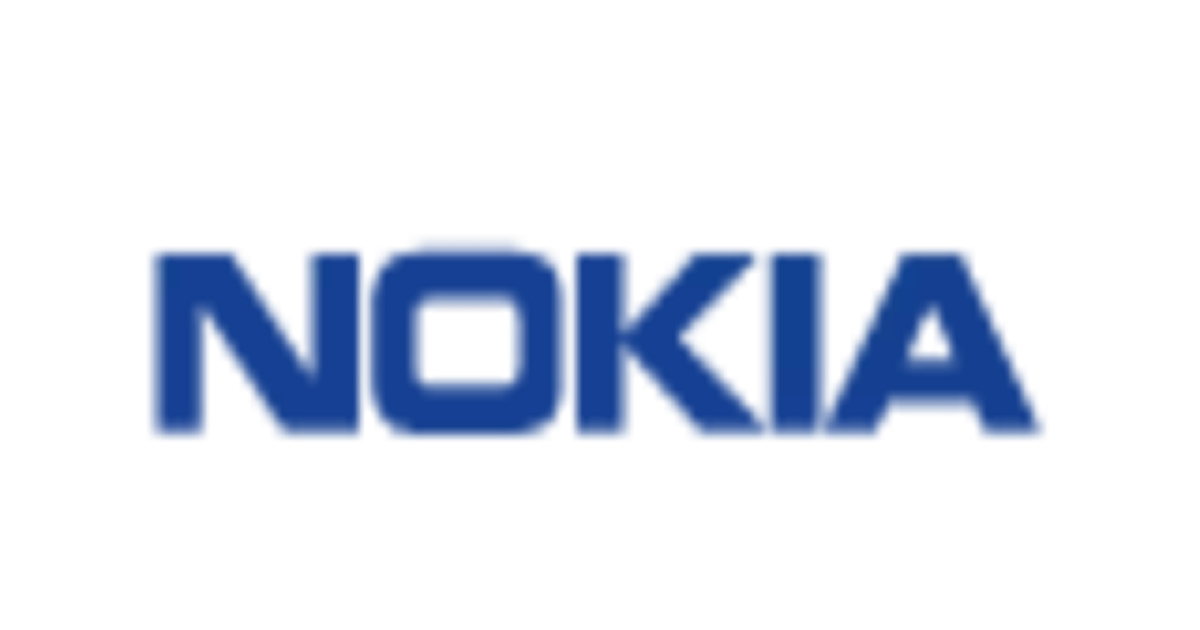XG-PON or XGS-PON: don’t make a costly spelling mistake

We love our acronyms in telecoms. TDM, WDM or TWDM. 3G, 4G and 5G. FTT B, C, H, P and X. Acronyms are our insiders’ language and let’s be honest: sometimes they make things more rather than less confusing. I feel strongly that it’s our industry duty to demystify them, rather than leverage the confusion.
Take XG-PON and XGS-PON. Their similar names imply similar technology, which they are in many respects. But that masks crucial differences that are really important for fixed network operators choosing a new technology. To understand why, first we need to remind ourselves of a little history...
In the drive towards NG-PON (another favorite acronym), the next generation of ultra-fast broadband, we have explored various paths. In 2010, XG-PON became the first NG-PON technology to be standardized, providing 10/2.5G asymmetric bandwidth. But then the industry moved on to NG-PON2 and in 2013 we standardized TWDM-PON to include both asymmetrical 10/2.5G and symmetrical 10/10G, as well as multi-channel and tunable wavelengths. This became the basis for XGS-PON, adopted in 2017, which is basically TWDM-PON minus multi-channel and tunability. So rather than XGS-PON being an extension of XG-PON, it is in fact a contraction of TWDM-PON. And that makes a lot of difference for operators looking to upgrade their broadband networks.
To clarify the main difference, XG-PON only works in 10/2.5G asymmetrical mode; XGS-PON works in both 10/2.5 and 10/10G symmetrical. Symmetrical bitrates are important as they open new opportunities for operators to monetize their networks more quickly through high ARPU business services, premium-tier residential services, and mobile anyhaul. CAPEX and OPEX of XG-PON and XGS-PON are so similar that, from a cost perspective, it’s unnecessary to limit options to asymmetrical services only.
Still need convincing? XGS-PON can use both XG-PON and XGS-PON ONUs. XG-PON can only serve XG-PON ONUs and can not necessarily be upgraded to XGS-PON. Deployed XG-PON OLTs have to be upgraded or even replaced to be able to provide XGS capabilities. More importantly, deployed XG-PON ONTs cannot operate at symmetrical rates, so they would need to be replaced.
Both work in the same wavelength windows, BUT….
Since both XG-PON and XGS-PON work in the same wavelength windows, the only way to distinguish 2.5G and 10G traffic on the OLT upstream path is via timeslots. No XG-PON OLT equipment would be able to do this, meaning investment in XGS-PON OLT equipment at a minimum is needed for XGS-PON operation.
Analysts seem convinced. Their market data shows that XG-PON shipments have never really taken off and their predictions are that XGS-PON will become the technology of choice for broadband operators by 2022.
To keep things simple, Nokia devised a universal solution that converges various NG-PON technologies on one line card on the existing platform and allows operators to connect GPON, XG-PON, XGS-PON and TWDM-PON ONUs. This offers all the flexibility to provide 10G symmetrical or asymmetrical rates, on tunable or fixed optics, and evolve their networks in a pay-as-you-grow mode.
So be careful about costly spelling mistakes! Join the XGS-PON/TWDM community in the evolution of your fiber networks. IMO, ASAP.
















Tag